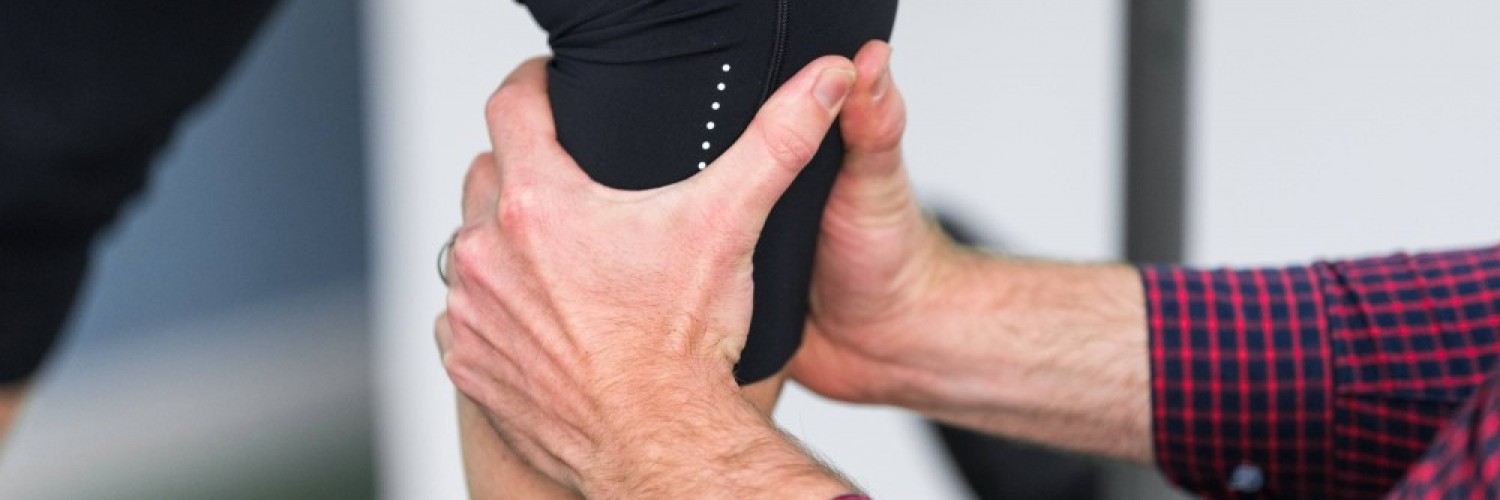Why is there such a large difference in the ACL injury rates for males and females in AFL?
It is well known that females are much more susceptible to anterior cruciate ligament (ACL) injury than males, in fact, across the first two seasons of the women’s Australian Football League (AFLW) the rates were 6.2 and 9.2 times higher than the men’s league (AFLM) in the same years. There have been many theories put forward as to why this difference may be present, which can be categorised into two broad categories, biological proposals, and environmental proposals.
The biological proposals include anatomical and genetic factors, whereas the environmental proposals involve the context with which females engage in the sport of AFL.
Biological proposals:
- Q angle: the angle from the hips to the knees, which is wider in females. While widely talked about, this has not been proven to cause increased injury rates in female athletes.
- Menstrual cycle and its associated hormone fluctuations: The ACL itself is made up of largely collagen, which is affected by hormones such as estrogen and relaxin. During the ovulatory phase, when relaxin is highest, there is increased joint laxity which is a known risk factor for ACL injury. These findings have led to discussion around taking contraception to better control the menstrual cycle and its associated phases, however at this stage there is no strong evidence to support taking contraceptives for ACL injury prevention.
- Landing style: females land with greater valgus, or inward force, than males. However, this has also not been proven to cause ACL injury. Rather, this inwards collapse in instances of ACL injury likely happens because of the injury, not causing it.
- Bone structure differences and smaller ACLs: Females are more likely to have smaller intercondylar notches inside their knees and smaller ACLs which are established risk factors for ACL injury. This has also not been definitively proven to lead to the differences in injury rates.
- Flexibility and knee joint laxity: Females are more likely to have increased joint laxity, and this leads to greater risk of ACL injury. As well as this, they are more likely to have increased flexibility of their hamstring muscles, which results in increased movement the tibia and increased ACL injury risk.
- Body composition and strength differences: Increased body fat and less muscle bulk, which often occurs in female athletes compared with males, is thought to lead to increased risk of ACL injury. However, there are many other factors that also go into this risk, which the studies reporting this have often not considered or explored.
It is important to consider that most of the data mentioned comparing female and male athletes from a biological standpoint is not performed on AFL athletes. Australian football is a unique sport, and its requirements are different from that of other sports, so findings from these studies cannot be used to decide with certainty risk factors in this sport.
Environmental proposals:
- Exposure to the sport: It is accepted that female athletes are less likely to have played Australian Rules Football from an early age, therefore meaning their bodies haven’t been conditioned to the sport to the same extent as their male counterparts.
- Shorter preseasons: AFLW players have shorter preseasons and therefore less time for their bodies to adapt to the training (Webster et al., 2021). They also play over the summer, meaning they play in warmer weather, on warmer season grasses. This means a firmer playing surface and on grasses with more thatch, which increases force transferred to the knee and potentially increases the risk of ACL injury.
- Competing lifestyle demands: AFLW players often have more competing lifestyle demands that their male counterparts, such as being required to work in addition to their training load, something that AFLM players do not need to consider. This means they may not have the same time available to train, complete rehab and recover from training and games.
- Gender challenges: There are challenges of navigating gender expression and ‘femininity’ in the elite training environment. For female athletes, particularly in adolescence, societal perceptions of becoming “too bulky” are not desirable, therefore potentially contributing to decreased strength leading into the elite setting. Adolescent females may push back against doing much heavy resistance training, and so work needs to be done to educate and change this narrative so that when females are drafted into the AFLW, they already have an appropriate strength base.
- Less research: At this stage, there are minimal strength and conditioning research papers based around female athletes in football, so the training plans are based on largely male research which cannot necessarily be extrapolated to female athletes.
So, why do females injure their ACLs more often?
There is no one reason alone! The differences in the rates of ACL injury between female and male AFL players are based on a complex interaction of both biological and environmental reasons. This interplay needs to be considered when identifying individuals at risk of injury and designing prevention programs. For athletes, coaches, and other stakeholders, it is important that the narrative around female athletes in AFLW begins to change and solely blaming female biology for the higher ACL injury rates is ceased to allow for greater conversation around the determinants to take place.
If you wish to do everything you can to prevent ACL injury, discussing effective prevention programs with your Physiotherapist is a great place to start. If you have unfortunately already sustained an ACL injury, it is important that you see a Physiotherapist as soon as possible. They will discuss options with you, commence you on a rehabilitation program and provide treatment and guidance as required.
Sally Lynch
Physiotherapist, Evado Studios Thornbury
